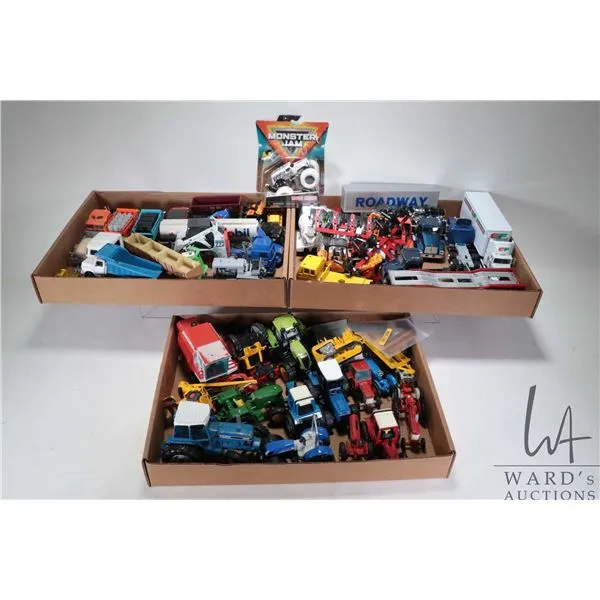Understanding Diecast Toys
Diecast toys have captivated collectors and enthusiasts for generations. These miniature replicas, typically made of metal, offer a unique blend of craftsmanship, nostalgia, and investment potential. Whether you’re a seasoned collector or a newcomer to the world of diecast toys, understanding the fundamentals is crucial for making informed purchasing decisions and building a rewarding collection. This guide will walk you through everything you need to know, from materials and construction to choosing the right models for your interests and budget. The world of diecast toys is vast and varied, encompassing everything from classic cars and trucks to aircraft, trains, and ships. The quality of these toys can vary greatly, so it’s important to know what to look for. This guide will help you navigate the market and find the perfect diecast toys to suit your taste.
Materials and Construction
The materials and construction of a diecast toy directly impact its durability, detail, and overall value. The primary material is, as the name suggests, diecast metal, typically an alloy of zinc, tin, and sometimes copper. This metal is injected into molds under high pressure, allowing for intricate detailing and precise replication of real-world vehicles and objects. Additional materials like plastic, rubber (for tires), and glass or clear plastic (for windows) are used to create a realistic and accurate appearance. The build quality of a diecast toy is usually indicative of its price point, the more expensive models have more detailed parts and better paint finishing.
Metal Alloys
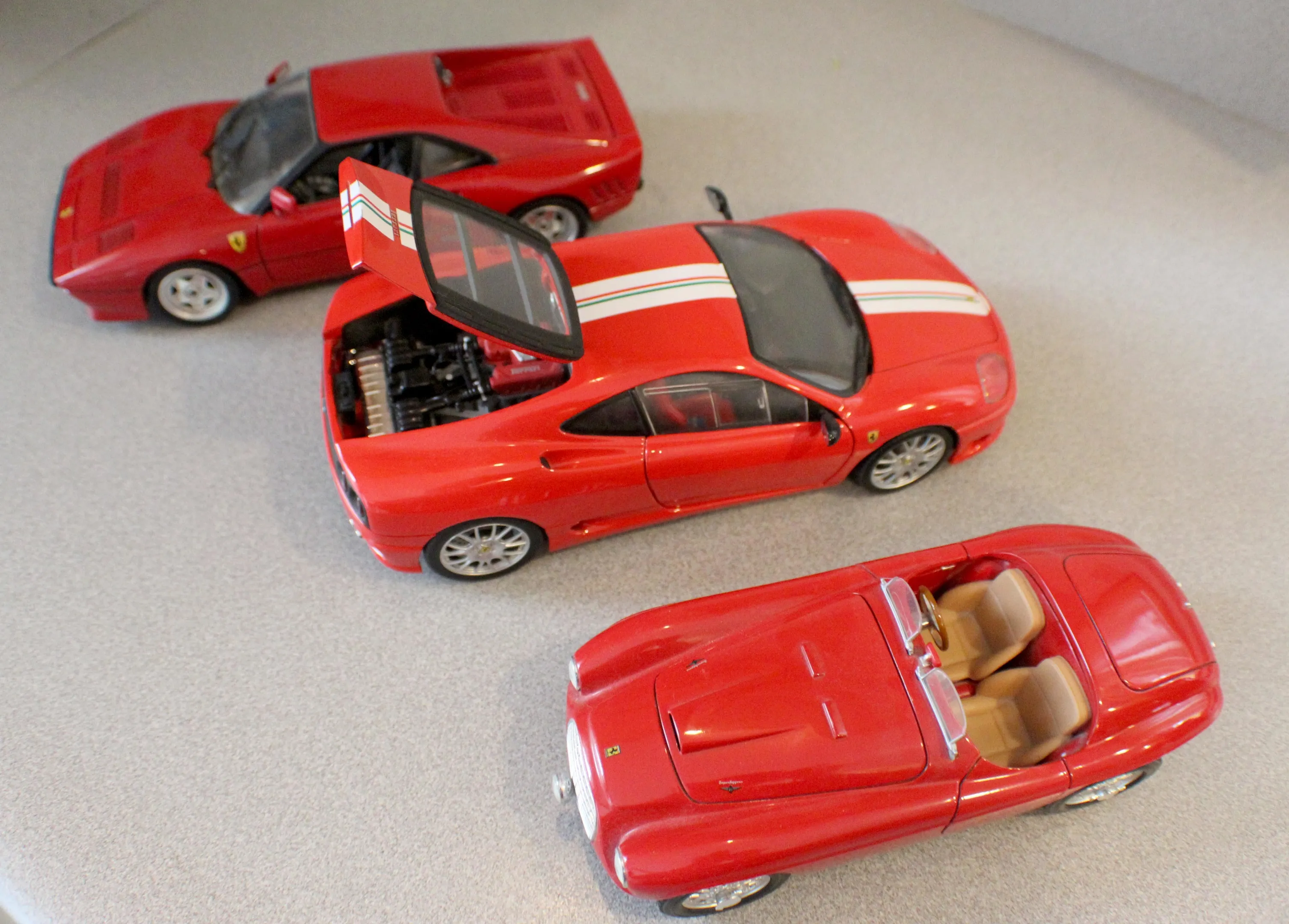
The composition of the metal alloy significantly affects the toy’s weight, durability, and resistance to corrosion. Zinc alloys are common due to their ability to capture fine details during the molding process. These alloys are strong, and if handled carefully, can last a long time. The metal can also be painted, and can be molded into complex shapes. Cheaper diecast models might use a lower percentage of metal in the alloy and more plastic, making them lighter and potentially less durable. The use of high-quality alloys also influences the toy’s longevity and the level of detail achievable, contributing to its overall value and collectibility. Careful examination of the materials used is often a good indicator of the overall quality.
Plastic Components
Plastic components are essential for several features in diecast toys. These include interior details like dashboards and seats, exterior elements like lights and bumpers, and other functional parts. The use of plastic allows for a wider range of colors, textures, and detail, which further enhances the realism of the model. While metal provides the core structure, plastic often allows for greater design flexibility and cost-effectiveness. The quality of plastic varies, with some being more resistant to wear, fading, or cracking. Collectors often prioritize models with high-quality plastic components, because these help the model maintain its appearance over a long period. The combination of metal and plastic makes a diecast toy a complex piece of artistry.
Scale and Size
The scale of a diecast toy refers to the ratio of its size to the actual vehicle or object it represents. Common scales range from very small, like 1:160 (N scale trains), to larger scales like 1:18 or 1:12. Each scale offers a different level of detail, size, and therefore price. Choosing a scale is important, because it can affect your display options. Larger scales allow for more intricate detailing, while smaller scales are easier to display in larger numbers. Consider the space you have available for your collection, and the level of detail that you are looking for when choosing a scale. Some collectors focus on one specific scale to maintain consistency, while others collect a variety.
Common Scales
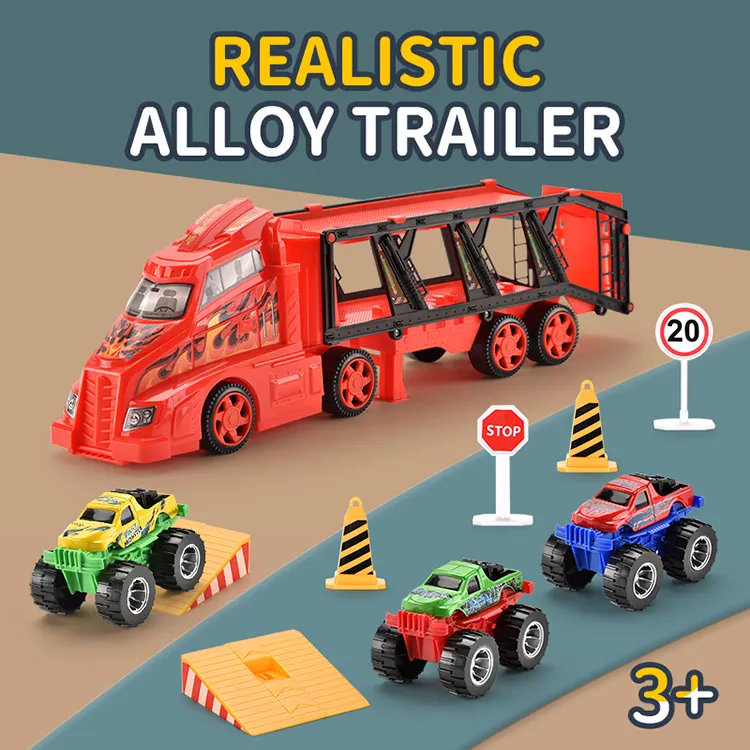
Several scales are particularly popular among diecast collectors. 1:64 scale is very common for cars and trucks, offering a balance of detail and affordability. 1:43 scale provides more detail and is popular for classic cars and limited-edition models. 1:24 scale is favored for its size, allowing for high levels of detail and opening features, while 1:18 scale is often seen in premium models, offering even greater detail and collectibility. 1:12 and larger scales are reserved for high-end models, often made for serious collectors. The scale is typically indicated on the packaging, and is a crucial factor when considering purchasing a diecast model.
Factors Influencing Scale Choice
Several factors influence the choice of scale. Space availability is a major consideration, since larger scales require more room for display. Budget is also important; larger-scale models tend to be more expensive. The level of detail desired is also important; larger scales generally allow for more intricate detailing. Finally, the type of model can affect scale choices. Car collectors often favor scales like 1:18 or 1:43, while train enthusiasts may choose scales like HO (1:87) or N (1:160). Carefully evaluate all these factors to find the scale that best suits your individual preferences and collecting goals. Consider the types of display you are interested in, too.
Types of Diecast Toys
Diecast toys span a vast array of subjects, catering to diverse interests. Cars, trucks, aircraft, trains, and ships are among the most popular categories, with each offering a unique collecting experience. The variety of models available allows collectors to specialize in specific types or expand their collections across multiple categories. Within these categories, there are numerous subcategories and variations, allowing collectors to delve deeper into their interests. Finding what appeals to you can be part of the joy of collecting.
Cars
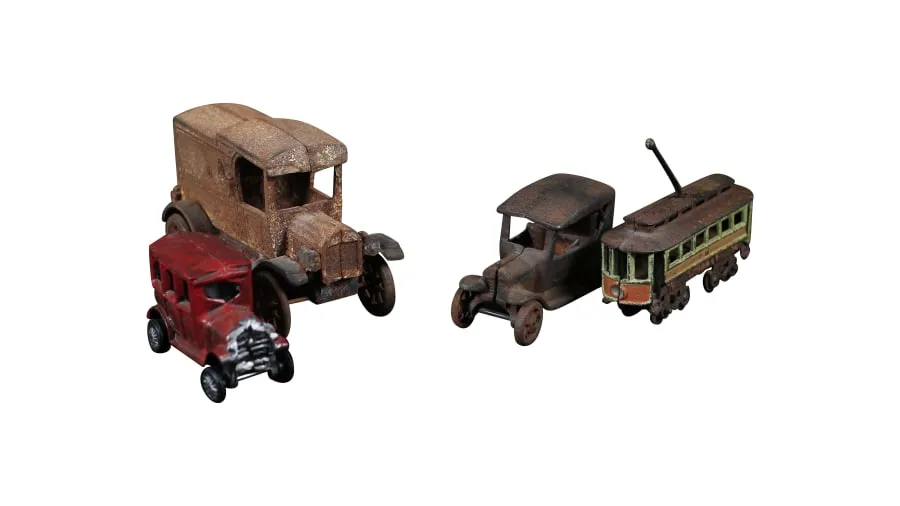
Diecast cars are the most common and popular type of diecast toy. They range from classic vintage models to modern supercars, and from everyday vehicles to racing cars. Collectors often focus on specific car makes, models, or eras, such as classic American muscle cars, European sports cars, or Japanese imports. The level of detailing and accuracy can vary greatly, with some models featuring detailed interiors, opening doors, and realistic paint finishes. Cars provide endless opportunities to build collections based on personal preferences, and are often a great place to start a new collection.
Trucks and Commercial Vehicles
Trucks and commercial vehicles are another popular category, including everything from semi-trucks and delivery vans to construction vehicles and fire trucks. These models often showcase intricate details and working features, such as opening doors, moving wheels, and even functional cranes or other equipment. They appeal to collectors interested in transportation, heavy machinery, or specialized industries. The detailed appearance of these models makes them a worthy addition to any diecast toy collection. Models of this kind are also frequently enjoyed by children.
Aircraft
Diecast aircraft encompass a wide range of models, from commercial airliners and military jets to vintage biplanes and helicopters. These models are often prized for their accurate paint schemes, detailed cockpits, and realistic markings. Collectors may specialize in certain types of aircraft, airlines, or historical periods, creating impressive displays of aviation history. Aircraft models are a good choice for collectors who are interested in aviation and design. Due to the complexity of aircraft, they can be some of the most intricately designed diecast toys.
Trains
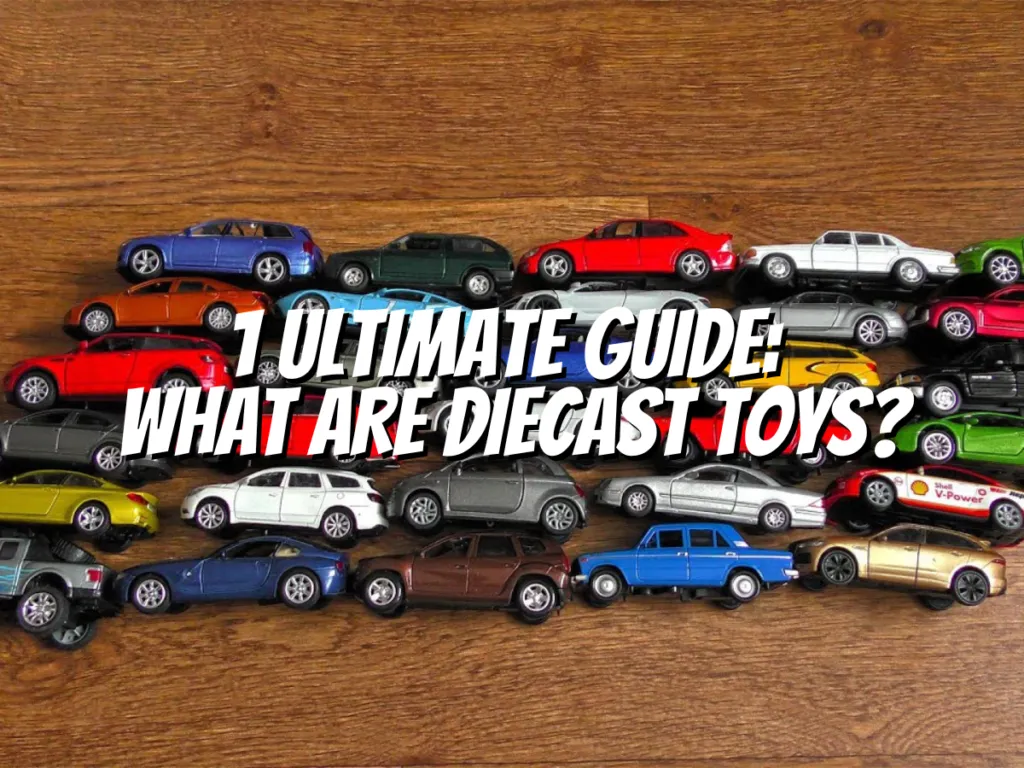
Diecast trains are popular with collectors, and offer a unique blend of scale, detail, and operational features. These models include locomotives, passenger cars, freight cars, and track components, allowing collectors to build complete miniature railway systems. Diecast trains are generally designed with a high degree of accuracy. Some models feature realistic sounds, lighting, and even remote-control operation. Collectors can create elaborate layouts and enjoy the interactive aspect of model railroading, often adding scenery to their layout. They also offer different opportunities for display.
Ships and Boats
Diecast ships and boats offer a glimpse into maritime history and modern naval technology. These models range from sailing ships and historic warships to modern cruise liners and cargo vessels. Collectors often appreciate the detailed craftsmanship, realistic paint schemes, and intricate features that bring these miniature vessels to life. Collecting these models can be an interesting way to learn about naval history, and ship design. The unique appearance of ships and boats also makes them an interesting addition to any collection, offering a different look from other diecast toys.
Key Features to Consider
When selecting diecast toys, several key features will affect the overall value and collectibility. The level of detail, the accuracy of the model, and the presence of functional parts are all important considerations. Also, the condition of the model is important. Models in mint condition are often valued much more than models that have been damaged or repaired. Paying attention to these features will allow you to choose diecast models that you will appreciate for a long time to come.
Detailing and Accuracy
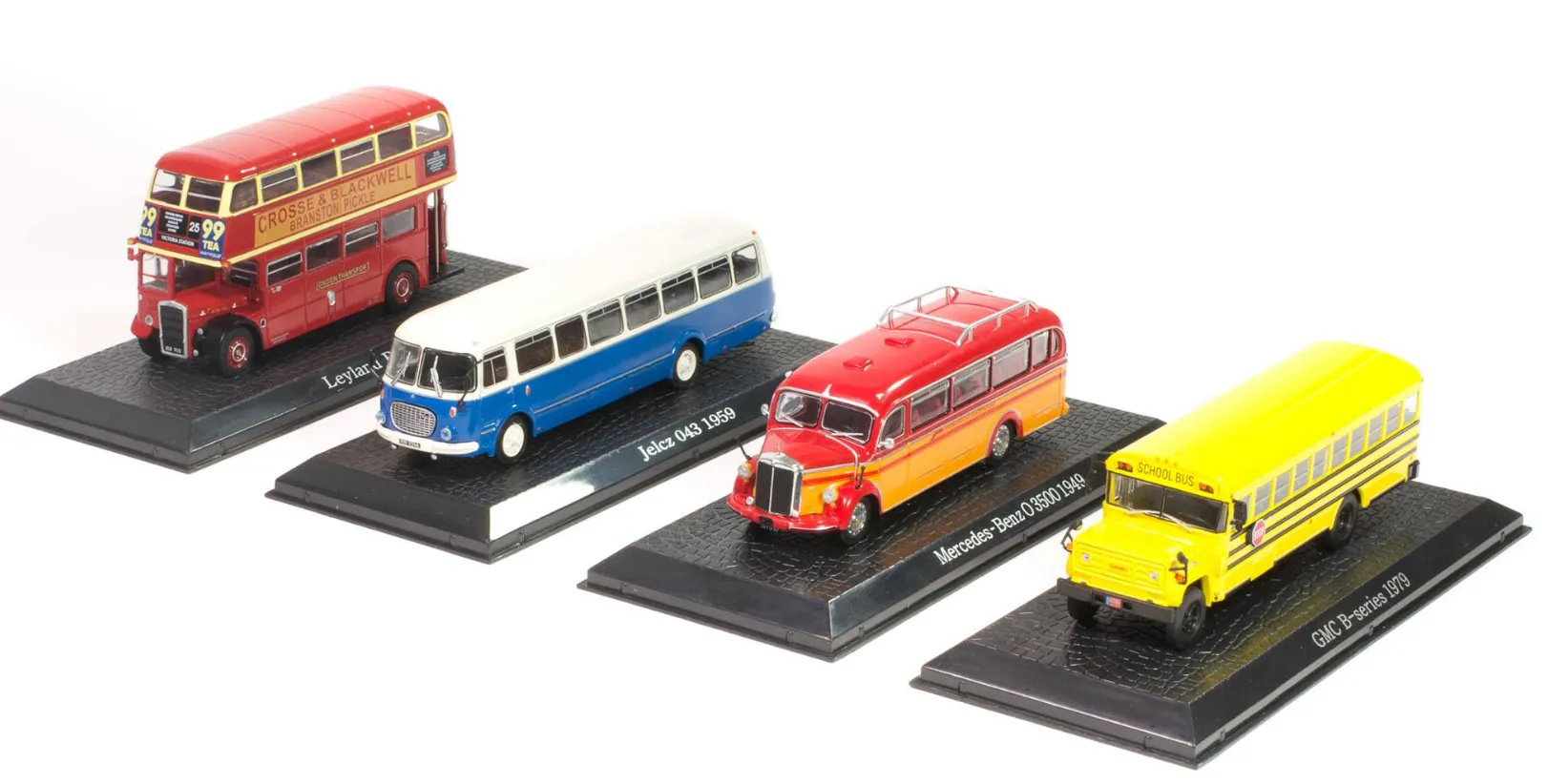
Detailing and accuracy are among the most important factors in assessing the quality of a diecast toy. Look for models with finely crafted interiors, realistic paint finishes, and accurate representations of real-world vehicles or objects. Details like engine components, dashboards, and exterior markings should be faithfully reproduced. Models with high levels of detail are generally more valuable and desirable to collectors. The accuracy reflects the manufacturer’s commitment to precision and the model’s appeal to enthusiasts.
Wheels and Suspension
The wheels and suspension systems of a diecast toy can significantly impact its realism and playability. Look for models with accurately detailed wheels, tires, and suspension components, such as springs and shocks. Functional suspension systems, even in a basic form, enhance the model’s play value and provide a more realistic feel. The quality of the wheels and their ability to roll smoothly is a key indicator of overall quality. Rubber tires are common, providing a better grip and more realistic appearance.
Opening Parts
Opening parts, such as doors, hoods, and trunks, add to the interactive appeal and the level of detail in a diecast model. These features allow you to examine the interior, engine, or cargo areas, enhancing the model’s realism and playability. Models with opening parts are generally more valued by collectors. Well-designed opening mechanisms indicate the quality of the model. They often incorporate small magnets or hinges, which adds to the complexity.
Brand Reputation
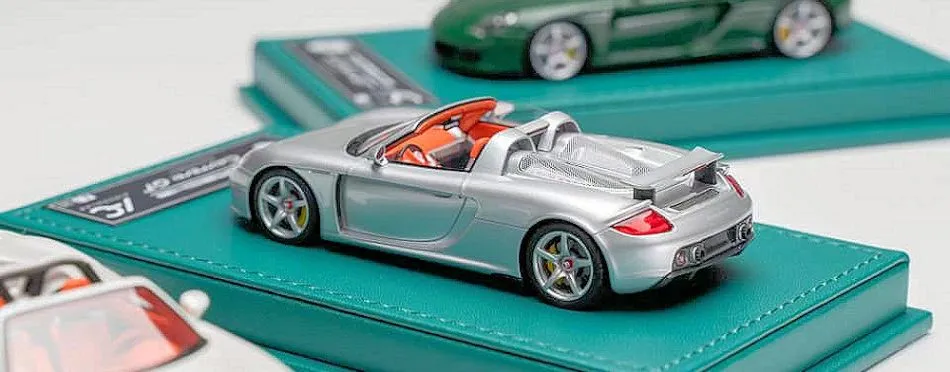
The brand reputation of the manufacturer can significantly influence the value and desirability of a diecast toy. Brands like Hot Wheels, Matchbox, and Autoart are known for their quality, detail, and collectibility. Researching the brand and its reputation for craftsmanship, accuracy, and customer satisfaction is crucial. Established brands often produce high-quality models, and their products are typically more valuable over time. A brand’s reputation can also affect its collectibility, and its models may be more sought-after by collectors. This reputation often reflects the brand’s history and the overall quality of its manufacturing.
Price and Value
Understanding the price and value of diecast toys is essential for building a collection. The prices of diecast toys can vary widely, depending on several factors. You can find budget-friendly options, while some limited-edition models command very high prices. Knowing how to assess the value can help you make informed purchasing decisions and build a valuable collection. It’s crucial to set a budget and stick to it, particularly when starting. It’s possible to build an amazing diecast collection at any budget.
Setting a Budget
Setting a budget is crucial when starting a diecast toy collection. Determine how much you are willing to spend monthly or annually on your hobby. Research prices and the average cost of the models you are interested in, which can help you set a realistic budget. Stick to your budget and avoid impulse purchases. Start small and gradually expand your collection as you gain more knowledge and experience. A budget helps you stay focused and enjoy your hobby without financial stress. It also allows you to prioritize models.
Assessing Value
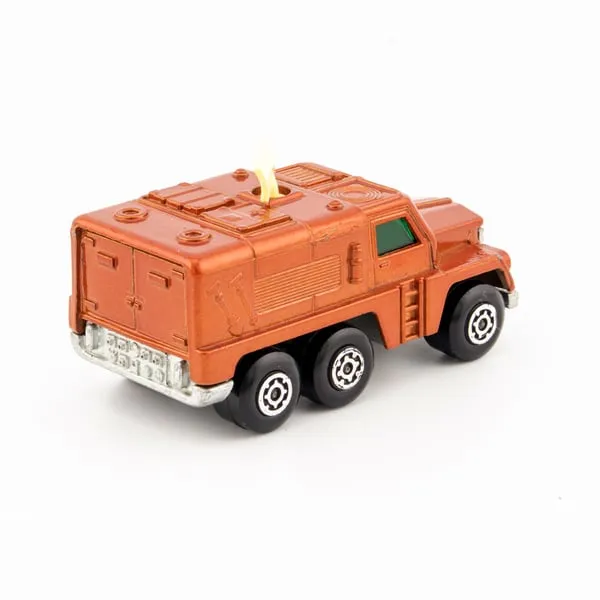
Assessing the value of diecast toys involves considering several factors. The rarity of the model is important; limited editions and older models tend to be more valuable. The condition of the model is crucial; mint-condition models are generally worth more. Brand reputation affects the value. Researching the market and comparing prices from different sources is important to assess the overall value. Online auction sites, specialist shops, and collector groups can provide valuable insights. Collectors often look for models with original packaging and paperwork.
Where to Buy Diecast Toys
There are numerous places to buy diecast toys, each with its advantages. Online retailers, specialty shops, and collectors’ fairs offer different opportunities for finding your next model. Knowing where to look and what to expect can help you build your collection efficiently. It is important to check the seller’s reputation, regardless of where you are buying from. Be sure to compare prices to make sure you get the best deal possible.
Online Retailers
Online retailers offer a vast selection of diecast toys and a convenient shopping experience. Major online marketplaces often provide competitive pricing, a wide range of models, and customer reviews. Always check the seller’s ratings and reviews before making a purchase. Specialized online stores and manufacturer websites may offer exclusive models and deals. Online retailers offer convenience, but it’s important to be aware of potential shipping costs, return policies, and the risk of counterfeit items. It is possible to find some great deals online, but be patient.
Specialty Shops and Collectors Fairs
Specialty shops and collectors fairs offer a more hands-on approach to collecting diecast toys. These venues provide the opportunity to examine models in person, and get expert advice from shop owners and fellow collectors. They often have a curated selection of models, including rare and vintage items. Collectors’ fairs provide a dynamic environment to discover new models, negotiate prices, and connect with other enthusiasts. Specialty shops and fairs offer a more personal shopping experience, where you can build relationships with sellers and learn more about the hobby. This can be a great way to learn more about the hobby.
Collecting and Care Tips
Proper care and maintenance are essential for preserving the value and appearance of your diecast toy collection. Cleaning, storage, and display methods will prevent damage and ensure your models remain in excellent condition. Following a few simple guidelines can make sure your collection maintains its value for a long time to come. A well-cared-for collection is a sign of pride. Taking care of your collection should become a regular part of your routine.
Storage and Display
Proper storage and display are essential for protecting your diecast toys. Store your models in a cool, dry place away from direct sunlight and extreme temperatures, which can damage the paint and materials. Consider using display cases to protect your models from dust and damage. Display cases also show off your collection and enhance its visual appeal. Avoid stacking models on top of each other, as this can cause scratches. Rotating your display periodically can help to keep your collection looking fresh.
Cleaning and Maintenance
Regular cleaning is vital to maintaining the appearance of your diecast toys. Use a soft cloth or brush to gently remove dust and debris. Avoid harsh chemicals or abrasive cleaners, which can damage the paint and detailing. For more stubborn grime, use a mild soap solution and a soft brush, being careful not to get any moisture inside the model. Check for any loose parts or damage regularly and address any issues promptly. Proper care will ensure your diecast toys look their best. Regularly maintaining your models will help keep them in good condition for years.
Conclusion
Diecast toys offer a fascinating hobby, combining the joy of collecting with the appreciation of detail and craftsmanship. Choosing the right models can provide satisfaction. By understanding the fundamentals, and following these tips, you can build a valuable and enjoyable collection. Whether you are a casual collector or a serious enthusiast, the world of diecast toys offers something for everyone. Happy collecting!
